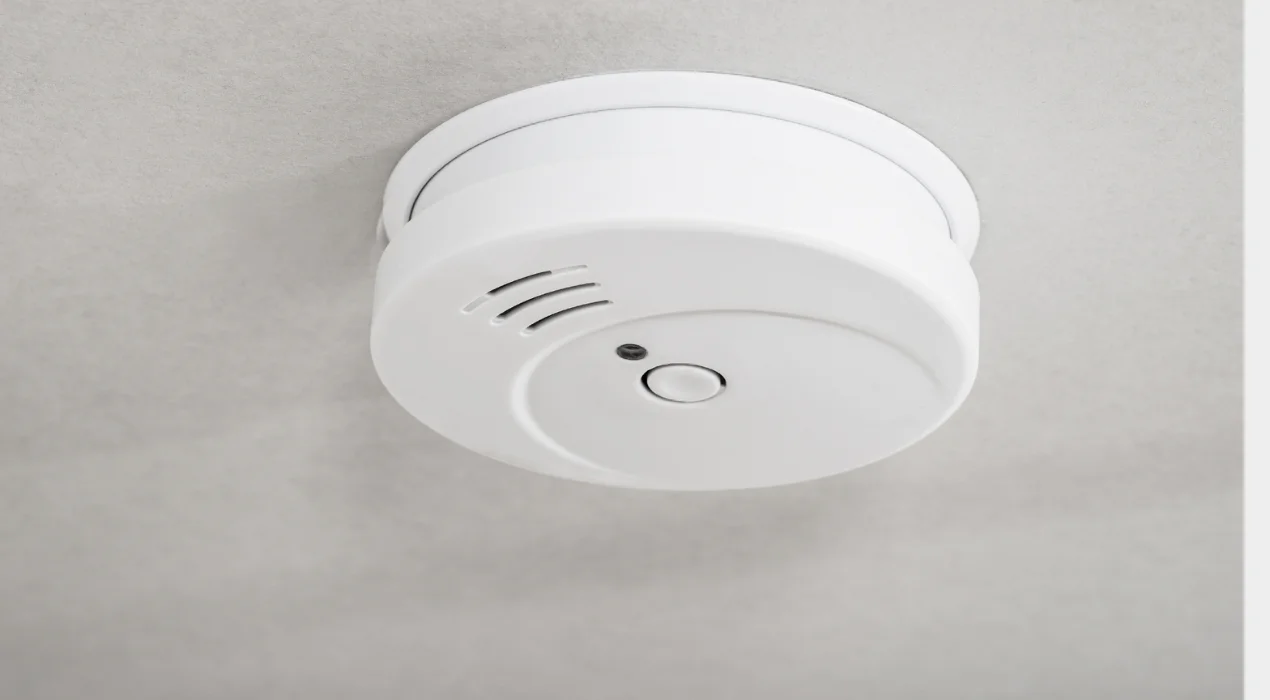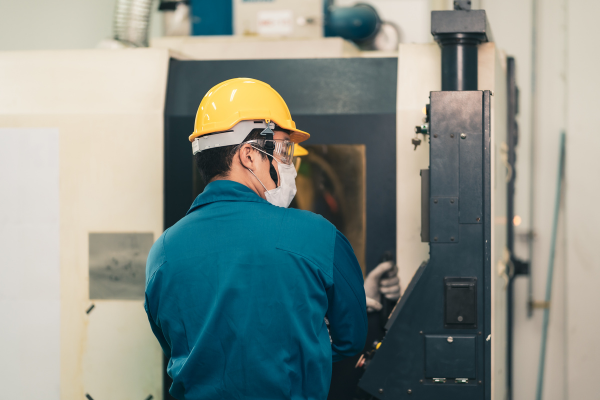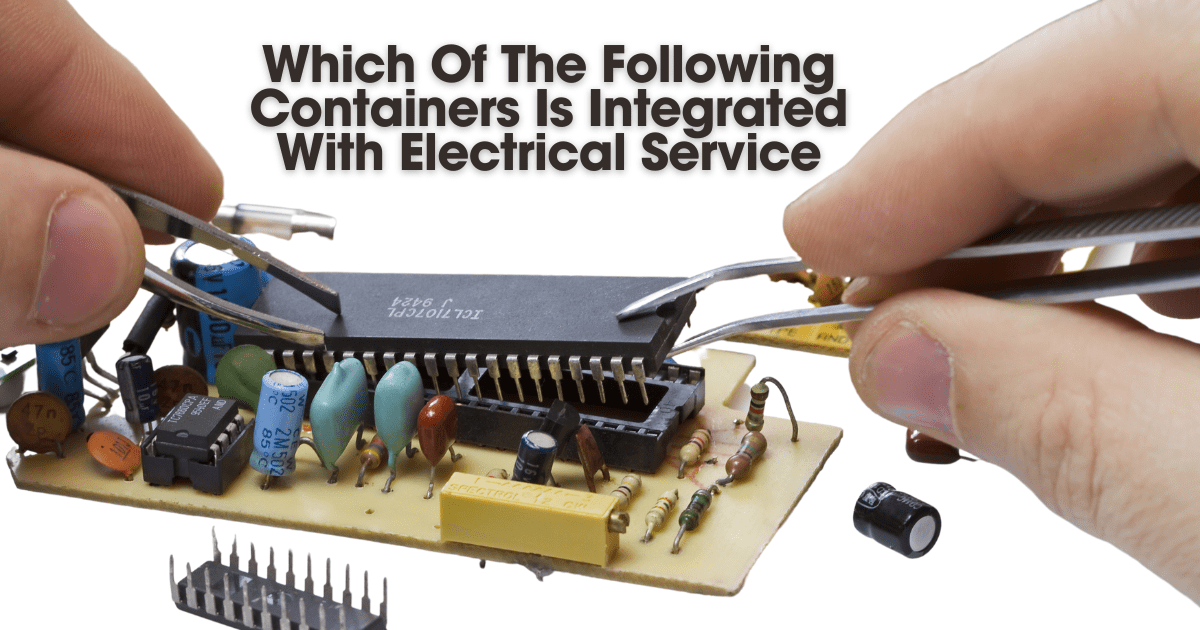Too Many Requests from Your Network
Please complete verification to access this content.
Carbon monoxide (CO) is a colorless, odorless, and tasteless gas that can be deadly when inhaled in large amounts. It is produced by burning fossil fuels, such as natural gas, wood, charcoal, and even gasoline. Since it is nearly impossible to detect without a detector, a carbon monoxide alarm is essential for the safety of your family. But knowing where to install these alarms is just as important as having them. In this post, we’ll guide you on the best places to install carbon monoxide alarms in your home to maximize safety.
Why Carbon Monoxide Alarms are Crucial
Carbon monoxide poisoning happens when CO builds up in the bloodstream, displacing oxygen and causing serious health issues or even death. Symptoms of poisoning include headache, dizziness, confusion, nausea, and fatigue. Because CO is undetectable by human senses, it’s crucial to have alarms in place to alert you if it’s present in dangerous concentrations.
Where to Install Carbon Monoxide Alarms
To ensure your family is safe, you need to install carbon monoxide alarms in the right locations. Here’s where to place them:
1. Near Sleeping Areas
The most important place to install a CO alarm is near the sleeping areas. If you or your family are asleep and a dangerous level of CO accumulates, you may not wake up in time without an alarm. Place the detector in a central hallway or in the area outside the bedrooms, ideally within 10 feet of each sleeping area.
2. On Every Level of Your Home
Carbon monoxide can spread throughout your home, so it’s essential to have alarms on every level. This includes the basement, main floor, and attic if it’s a livable space. Multi-level homes are especially vulnerable to gas buildup, so an alarm on each level ensures you’ll be alerted no matter where you are.
3. Close to Fuel-burning Appliances
Install a CO alarm near any appliances that burn fuel, such as a furnace, water heater, fireplace, stove, or dryer. These appliances can be a potential source of carbon monoxide if they malfunction or are not properly vented. Place the alarm at least 5 feet away from the appliance to avoid false alarms, but close enough to detect any gas leaks.
4. In the Garage
If your garage is attached to your home, install a carbon monoxide alarm nearby, but not directly in the garage. CO can seep into your home through cracks in walls and doors when you start a car or use gas-powered tools. By placing an alarm just outside the garage door or in the doorway between the garage and the house, you can catch any CO that enters the living space.
5. Avoid Installing Near Windows or Vents
While placing CO alarms near fuel-burning appliances is important, don’t place them near windows, vents, or air ducts. These areas can lead to air drafts that might interfere with the alarm’s ability to detect carbon monoxide. CO is a heavier gas than air, and it will settle closer to the ground, so placing the alarm on the wall or ceiling will provide the most accurate reading.
6. Install at the Right Height
Carbon monoxide alarms should be installed at the manufacturer’s recommended height. Most alarms are designed to be mounted on the ceiling or about 5 feet above the floor on a wall. If you install the alarm at the correct height, it will be more sensitive to detecting CO buildup, which tends to gather in the air at roughly the same level.
How to Maintain Your Carbon Monoxide Alarm
To ensure your carbon monoxide alarms continue to work properly, follow these maintenance tips:
- Test monthly: Push the test button on your alarm to check that it’s functioning correctly.
- Change the batteries: Replace the batteries at least once a year, or more frequently if the alarm starts beeping intermittently to indicate low battery.
- Replace the alarm: Carbon monoxide alarms don’t last forever. Most have a lifespan of 5-7 years, so be sure to replace them as recommended by the manufacturer.
Conclusion
Installing carbon monoxide alarms in the right places is a simple yet effective way to protect your family from a potentially deadly gas. By following the guidelines outlined above, you can ensure that your home is equipped to detect carbon monoxide early and keep everyone safe. Don’t wait until it’s too late—install CO alarms in your home today, and test them regularly to give yourself peace of mind.


